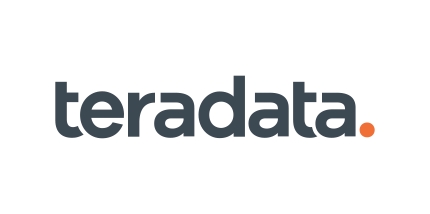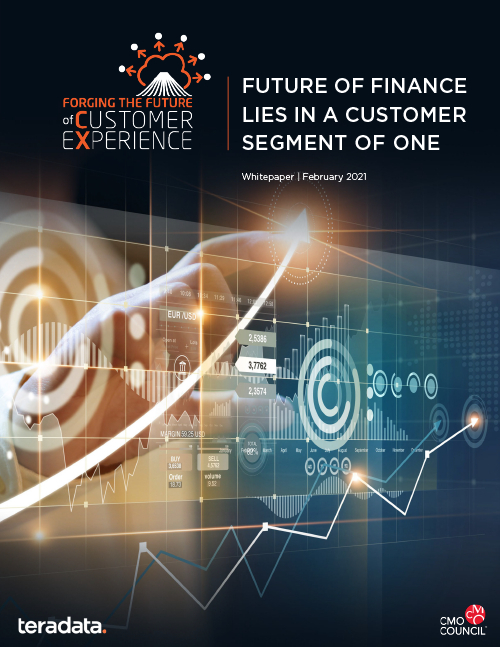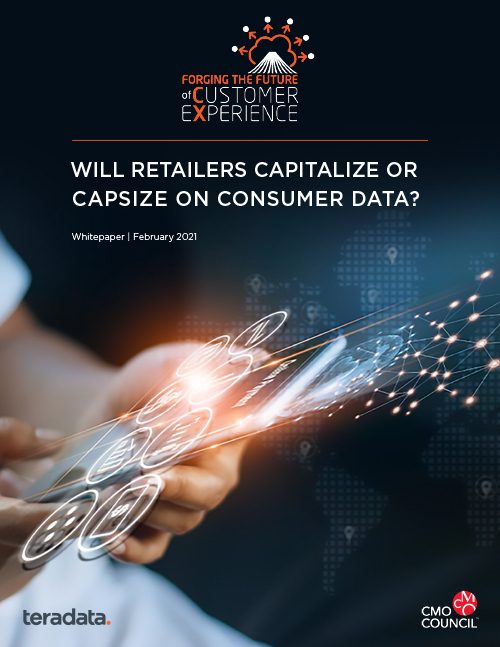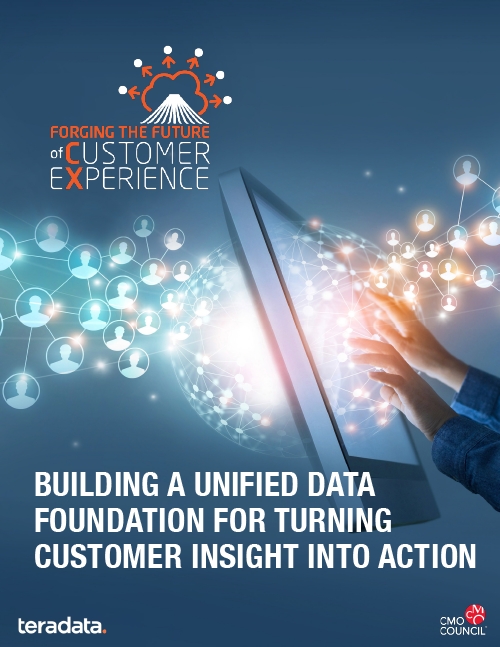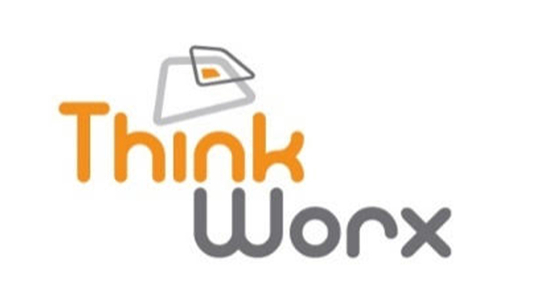Building a Data Foundation for Customer Gratification
Centralizing and unifying market/customer data and extracting meaningful, actionable intelligence from vast volumes of transactional, behavioral, and attitudinal information requires ever-more tighter linkages with IT groups. In addition, many marketers are tapping data flows from third-party sources for supplemental profiling of current customers and prospective buyers. All of which has to be refined, adapted and integrated in real-time.
Better use of real-time transactional and behavioral data is allowing marketers to be more clinical and effective in their approach to segmenting, targeting and accessing critical audiences. Central to this are powerful customer data integration platforms that are the foundation for valuable personalization and one-to-one marketing campaigns, as well as customer revenue optimization programs.
The Challenge of Doing More with Data
Top-line revenue growth is increasingly tied to essential IT-powered processes and capabilities, and how well companies extract value from data assets. These include customer data integration and analytics, prospect profiling and intelligence gathering, online market engagement and relationship management, sourcing and qualification of leads, conditioning and conversion of opportunities, and ongoing handling and retention of valued accounts.
Time to Become an Agent of Change
The CMO Council is undertaking a global thought leadership program with Teradata’s Vantage CX platform and its channel partners to define what is required to create a truly customer-centric organization. This model will be defined and collectively developed by CMO Council members and championed globally to improve CX insights, actions and outcomes in the journey towards personalized engagement.
The thought leadership initiative – dubbed “Forging the Future of Customer Experience: Building a Unified Data Foundation for Turning Customer Insight into Action” will provide a roadmap for embracing the a new model based on an operational, cultural, organizational, functional, governance and IT structural shift.
The thought leadership initiative in 2020 will look at the requirements to modify and adapt business processes and practices to better meet customer demands for always on, always accessible commerce, service and support. It will examine how operational disconnects and deficiencies impact experience and the resultant loss in revenue, margin, reputation and brand equity. And it will shine a light on the value and benefits of using big data analytics to create a more relevant, personalized and gratifying experience.


